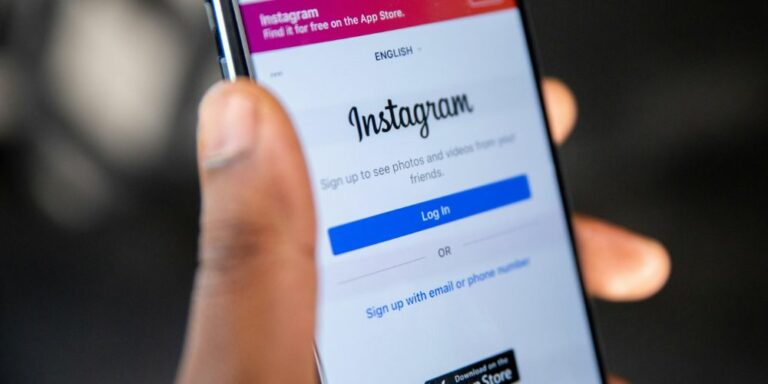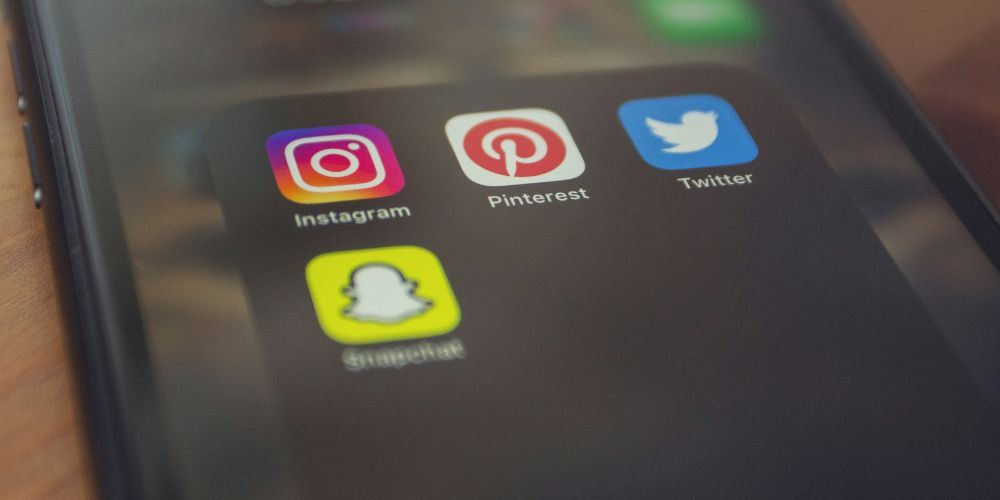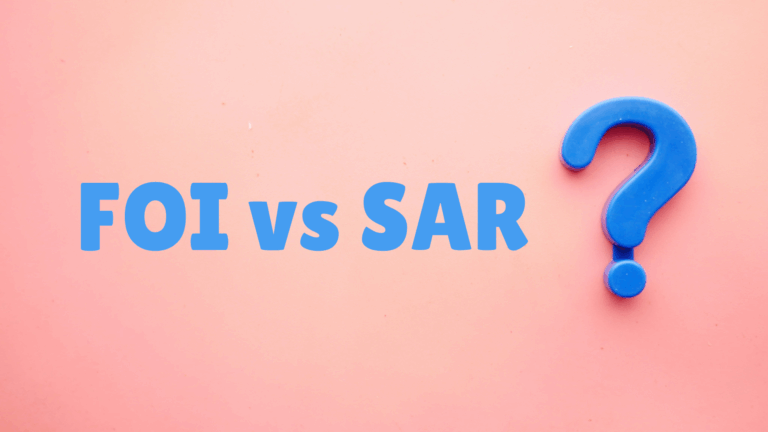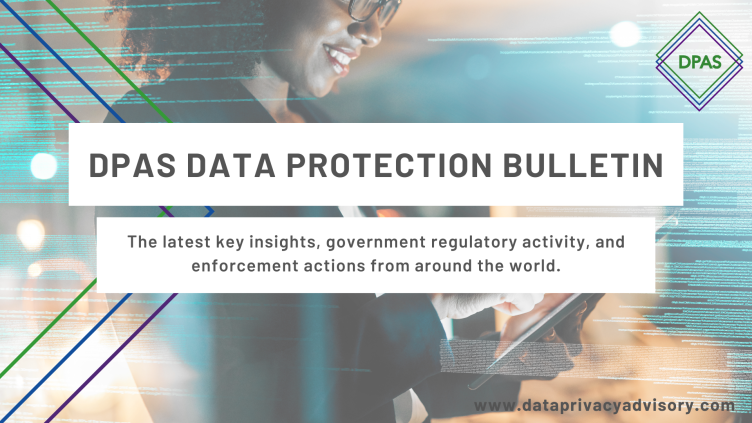Have you ever downloaded a free app, maybe a fitness tracker or a photo editor, without thinking twice about what you’re giving up in return? In today’s digital economy, when something is ‘free,’ the real product is often your personal data. From social media to gaming, free apps have become an integral part of our lives. But how do these apps stay afloat without charging us as users? The answer lies in the massive value of your personal data—how it’s collected, sold, and used in ways you might not even realise.
I recently wrote about online scams that use social engineering tactics to get their grubby mitts on your personal data. I mentioned there how the Economist reported that ‘the world’s most valuable asset is no longer oil, but data’.
With that in mind, do you really believe that all of these ‘free’ products/services aren’t leveraging ‘something’ in return?
The Business Model of Free Apps
Many people wonder how free apps and websites sustain themselves without charging users. The truth is, while you might not be paying with money, you’re paying with something just as valuable – your personal data. Data is now one of the most valuable commodities in the world, and companies have developed sophisticated ways to collect, analyse, and monetise it.
Let’s think about two of the most used apps in the world – Facebook and Instagram, both ‘completely free’. Both are free to use, yet somehow generate billions in revenue. How? Well, largely, through targeted advertising. So let’s have a look at how that works…
1.
Every time you interact with these apps, whether that is by liking a post, watching a reel, sharing your own status updates, or even just scrolling through your feed, the platform is collecting data about your behaviour. Analysing what you are interested in, how much time you spend looking at certain content, and surmising what your preferences are. In some circumstances these apps track your location, the type of device you are using, and your browsing habits even when you are not using the app.
2.
Over time, these apps effectively build a profile on you – on each and every user. Facebook, for example, begins to understand your interests, relationship status, job history, political views, and more, based entirely on your interactions. Instagram can gauge your shopping habits by tracking which adverts you engage with, or what types of products you click on.
3.
With all this information, and your profile becoming more and more accurate each time you use the platform, companies such as Facebook and Instagram can auction off ad space to other organisations (this is often done in real time – I will go into that another time). These organisations can then reach you based on criteria gleaned from that ever-building profile. For example, if you recently search for ‘winter getaways’ don’t be surprised when you start seeing travel ads and deals appearing on your feed. The personalised ad experience is an incredibly lucrative industry, as it increases the chances of you clicking an ad, or making a purchase.
4.
In some cases, the data that these apps collect is also shared or sold to third parties. This is often for purposes like marketing, analytics, or even for political campaigning. Anyone remember Cambridge Analytica? Where Facebook data was harvested to create psychological profiles of end users, which were then used to target political ads during the 2016 US election.
So, whilst these apps might appear to offer seamless ‘free’ services, the real cost comes in the form of your privacy, and your data. These platforms’ free services are funded by businesses whose model relies on insights into your behaviour, often far beyond what you might expect or realise you have consciously agreed to.
There is a great documentary programme available on Netflix called ‘The Social Dilemma’. If you have ever attended a course I have delivered, you likely have heard me talk about it before, but I encourage you all to go and watch it. It is relatively short, and sheds an enormous amount of light onto just how ‘intelligent’ some of these platforms are.

So, how do we know what free apps are doing with our data?
When you sign up for a free app, you will often encounter a ‘privacy notice’, and/or a list of ‘permissions’. Most people tend to click on ‘agree’ without fully reading what they are agreeing to – after all who wants to read all those pages of legal jargon?
YOU SHOULD.
One of the most common ways that these apps are collecting, and therefore profiling you, is by requesting permissions that aren’t necessary for the app to function, but are ways for them to continue the bank roll.
Look out for things that seem a bit ‘odd’. For example, why does a photo editing app need access to your contacts? Also, be aware of excessive permissions such as weather apps wanting to access ‘location at all times’. It makes sense for a weather app to need your location when you want relevant weather information. But some apps request constant location access, even when you aren’t using the app, effectively allowing the app to track your movements in the background, collecting detailed data about where you go through the day. I have lost count of the amount of friends who have had notifications from map apps saying ‘your commute will be 10 minutes longer today’, confused as to how their phone could even know they were about to travel to work.
Alongside these permissions, you likely scrolled right on past the privacy notice, which is the one place you should be able to see exactly how your data is used.
Most of these free apps bury important information deep in their privacy notices, hoping that users won’t notice some additions, or frankly, won’t read them at all.
Third party involvement
The most common inclusion is around sharing data with third parties. Many privacy notices include a section that states that your data may be shared with “trusted partners” or “affiliates,” but they don’t always explain who those entities are or how they’ll use your data. These third parties could be advertisers, data brokers, or even other app developers, and the data can be used for anything from ad targeting to reselling to other businesses.
In 2019, TikTok faced scrutiny for its privacy notice, which allowed the company to collect vast amounts of data from users, including device information, location data, browsing history, and even biometric data like faceprints. While users enjoyed the app’s free content creation features, they were unaware that their personal data was being harvested on such a large scale.

What can you do?
So, you have seen how apps can collect and monetise your data, but the next step is figuring out how you can protect yourself without giving up all the conveniences that these platforms provide. So as usual (in what seems to be a series of self-help blogs), here are some things you can do to at least limit the data you are giving away.
Check and Limit App Permissions
Most apps ask for permissions that go beyond their core functionality, and you don’t have to give them all the access they request.
Even if you already have an app, and have been using it for some time, you can still change the permissions. Go into your device settings, have a look at what permissions the app has. For example, location services, camera and microphone, etc.
Same for specific app permissions; go and have a dig around in the settings – turn them off!
Read Privacy Notices (yes, really)
While it’s unrealistic to expect people to read every word of a privacy policy, skimming the most important sections can help you better understand how your data is being used.
Look for sections titled something like “What Data We Collect” or “How We Share Your Information”. This will give you a snapshot of what data the app collects and if/when it shares it with third parties.
Avoid Using Social Media Logins to Sign Into Other Apps
Many apps offer the option to sign in using a Google, Facebook, or Apple account. While this might seem convenient, it also means these platforms get more data on your activities across different apps and websites. When you sign in using your social media account, you’re granting the app access to your profile information and often your activity across the internet. This data is shared between companies, allowing them to build a more complete profile on you. So, create a separate login for each app or service. It’s less convenient, but it keeps your data siloed and reduces cross-platform tracking.
Turn Off Location Services When Not in Use
Location data is one of the most valuable pieces of information apps can collect. Many apps track your location even when you’re not actively using them. Go into your phone’s location settings and switch apps from “Always” to “Only While Using the App.” This ensures apps only collect your location when necessary. For apps that don’t need your location, disable location access altogether.
Enable Do Not Track Features
Most browsers and apps now offer Do Not Track (DNT) settings, which send a signal to websites asking them not to track your activity. While not all websites honour this request, it’s still worth enabling as an additional layer of privacy. In browsers like Firefox and Safari, you can turn on Do Not Track to reduce tracking from third-party websites.
Use a VPN (Virtual Private Network)
A VPN can hide your online activity by encrypting your internet connection and masking your IP address. This makes it harder for companies to track your browsing habits and link them to your personal data. Especially when using public Wi-Fi or accessing particularly sensitive information, a VPN is a good tool to protect your privacy.

Is the convenience worth the trade-off?
So, whilst lots of free apps are convenient, and the social ‘norm’ now, the hidden price you pay is often your privacy. By becoming more aware of how companies collect and monetise your data, you can take steps to protect yourself without giving up the benefits of these platforms.
As the saying goes, “If you’re not paying for the product, you are the product.” The more conscious you are of the trade-offs involved, the better equipped you’ll be to make informed decisions about the apps and services you use.
So, the next time you download an app, take a moment to think – is the convenience worth the trade-off?
Further learning
At DPAS we offer various data protection training courses to help you understand how personal data is used in the digital world and how to keep it protected. Our training is designed to build practical awareness and support more informed, responsible use of personal data. Explore our upcoming courses or get in touch with the team today!





